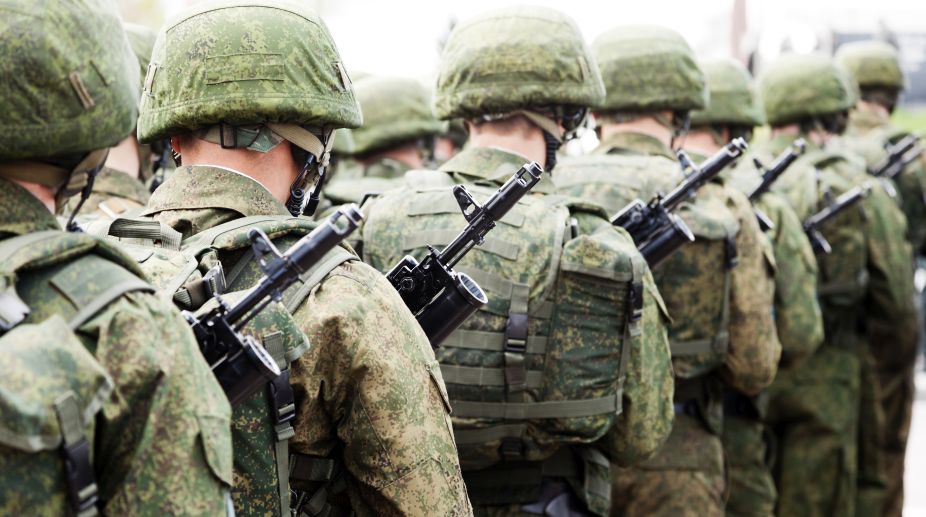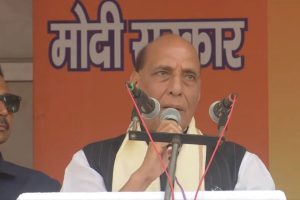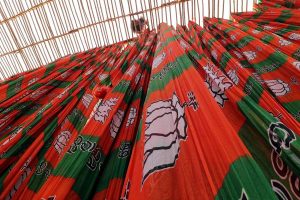Only those who deem gung-ho belligerence a fashion statement will be impressed by India being projected as the world’s largest importer of military equipment: accounting for 13 per cent of the international arms trade, as calculated by the respected think-tank, the Stockholm International Peace Research Institute.
Perhaps some politicians owing allegiance to the ruling NDA will tom-tom the $21.95 billion imports over 2012-2016 as evidence of the government’s determination to augment military muscle in keeping with the commitment to national security, and use the SIPRI findings to counter the criticism of only a marginal hike in the defence outlays proposed in the recent budget.
While the Swedish institute has remained aloof from the Indian “debate”, it has made one very damning point — a key reason for the huge import bill is because “the Indian arms industry has largely failed to produce competitive indigenously designed weapons”.
And before the chorus singing of the NDA government’s praises gets hyper-active, the SIPRI study notes that the “make in India drive” had yet to result in any technology build-up.
The same noted that China was increasingly able to substitute arms imports with domestic products. For the record, China was the fourth largest importer, and Pakistan was placed seventh on the list.
The SIPRI observation confirms that a virtual non-starter was the plan announced by prime minister PV Narasimha Rao in the early 1990s to reverse the trend of the Indian military being equipped in a 70-30 per cent ratio of imported and indigenous equipment.
Some critics would insist that a failure to earmark 10 per cent of defence spending for research and development has hindered domestic production, others would insist that sarkari red tape remains the garrote and the “procurement policy” has been so frequently modified that it has thwarted, and continues to stymie, the belated exercise to harness the resources and expertise of private industry for defence production.
True there have been some “developments” on that front, but mainly as a result of the “off-sets” policy which sees Indian industrial units serving their foreign partners as “sweat shops”, producing items at the lower end of the technology scale. The only positive angle to contemporary arms imports is that India is no longer critically dependent on Russian equipment, with American and Israeli products also “flooding” the arsenal.
Going beyond imports, some would question a budgetary allocation of 2,74,114 crore rupees when there is not enough money for electricity, water, roads, health or education. One reason is the diplomatic failure to finalise land and maritime boundaries with all neighbouring countries. Adding to that “governance deficit” is the vast expenditure incurred in dealing with insurgencies, both in “frontier” regions and a vast swathe of central India.











